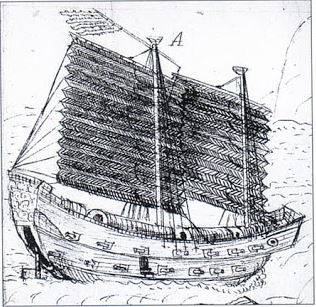
The Ming dynasty continued to improve on gunpowder weapons from the Yuan and Song dynasties as part of its military. During the early Ming period larger and more cannons were used in warfare. In the early 16th century Turkish and Portuguese breech-loading swivel guns and matchlock firearms were incorporated into the Ming arsenal. In the 17th century Dutch culverin were incorporated as well and became known as hongyipao.[1][2] At the very end of the Ming dynasty, around 1642, Chinese combined European cannon designs with indigenous casting methods to create composite metal cannons that exemplified the best attributes of both iron and bronze cannons.[1][3][4] While firearms never completely displaced the bow and arrow, by the end of the 16th century more firearms than bows were being ordered for production by the government, and no crossbows were mentioned at all.[5][6]
- ^ a b Andrade 2016, p. 201.
- ^ Andrade 2016, p. 141.
- ^ Needham 1986, p. 334.
- ^ Huang Yinong 2011.
- ^ Lorge 2005, p. 134.
- ^ Swope 2014, p. 49.